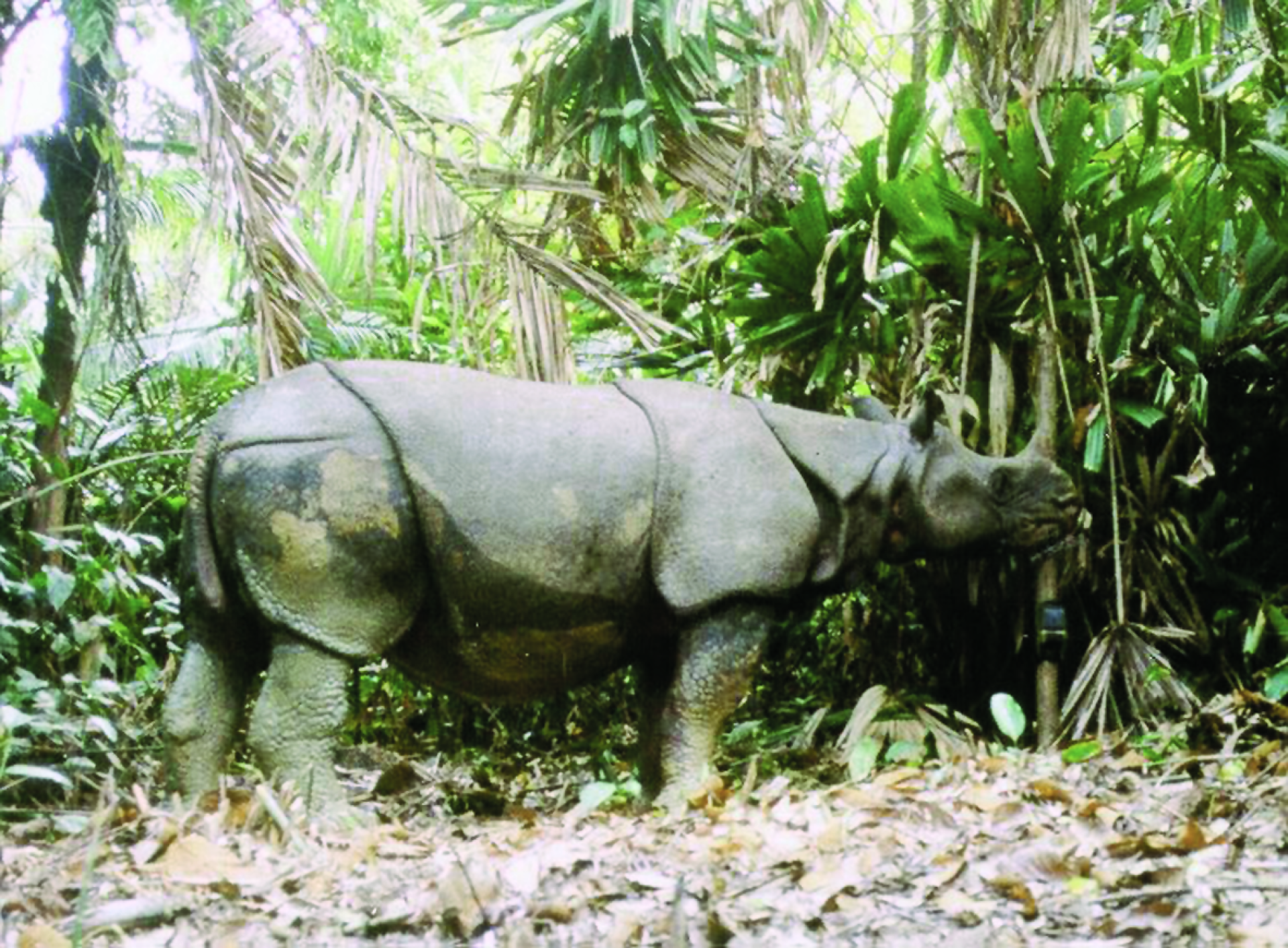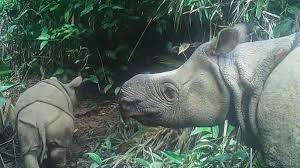It appears that the counters of the Javan rhino, have continued to count animals which have not been seen for years. Given how much poaching has been going on, this seems much more than simply misleading.
Play Video
Unfortunately, this counting issue, takes the Javan rhino from a species which is recovering at an impressive rate, to a species which might disappear within a decade. In the latest count 3 rhino were included, which are known to have died back in 2019.
According to the official numbers, in 2011, when the cameras were installed there were 35 rhino, and that number has climbed steadily to a current number of roughly 72.


